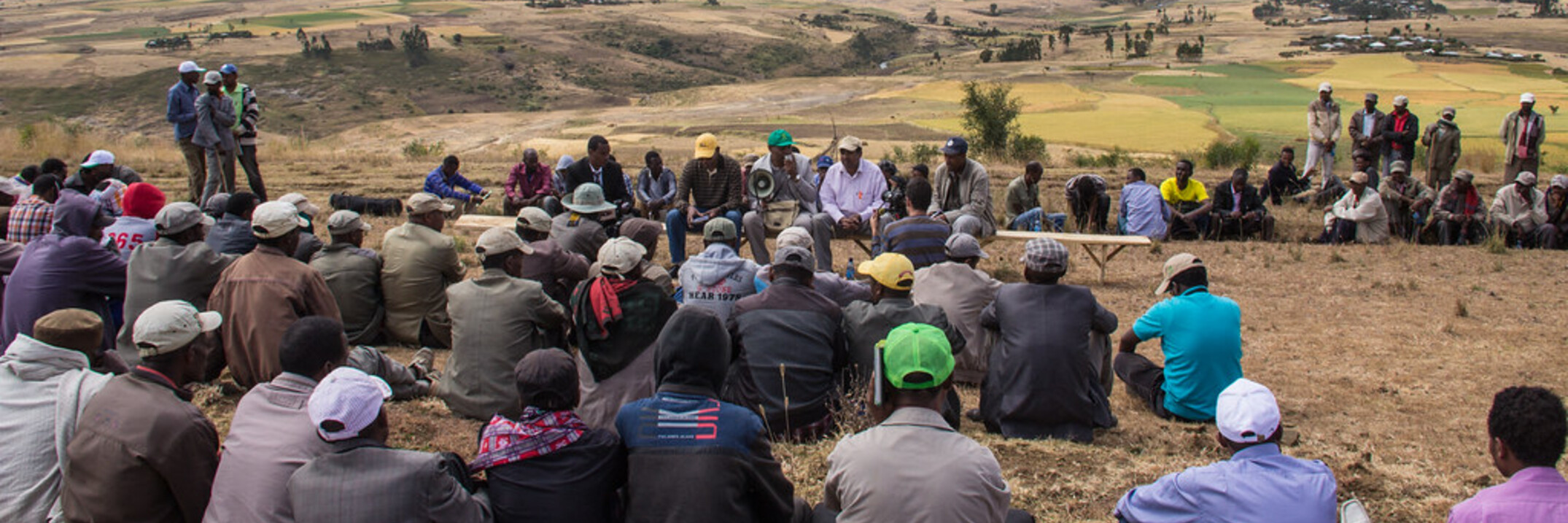Agricultural activities generate substantial quantities of waste, which are often relegated to landfills or incineration. However, these residues can be effectively valorized through composting, which transforms them into valuable organic fertilizers...


